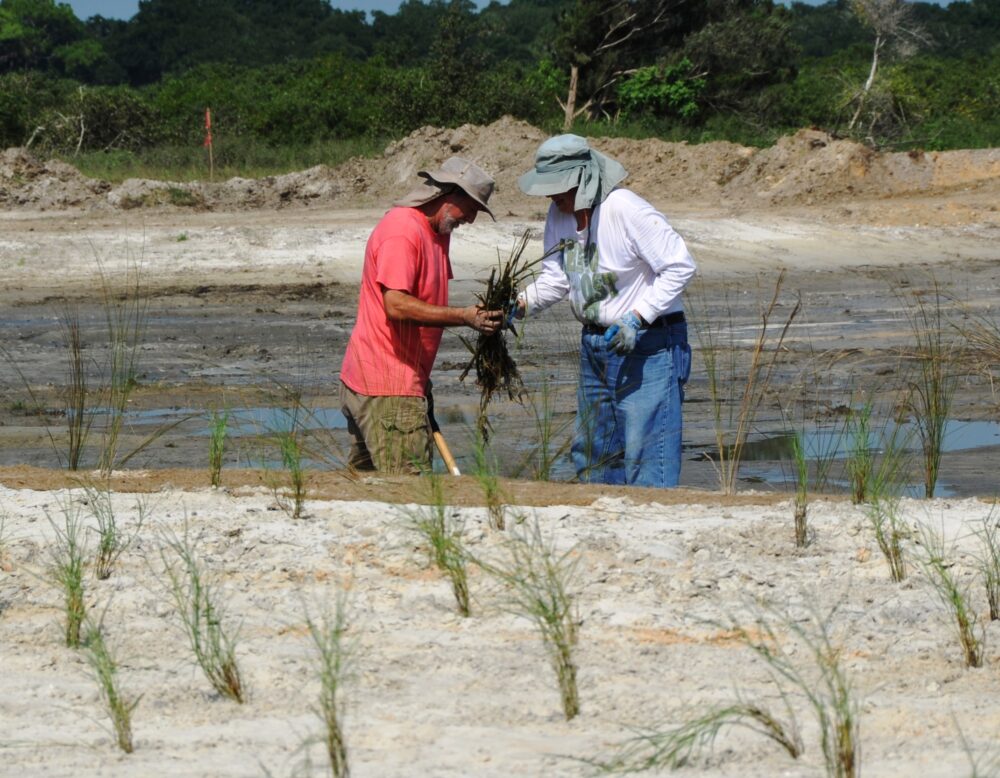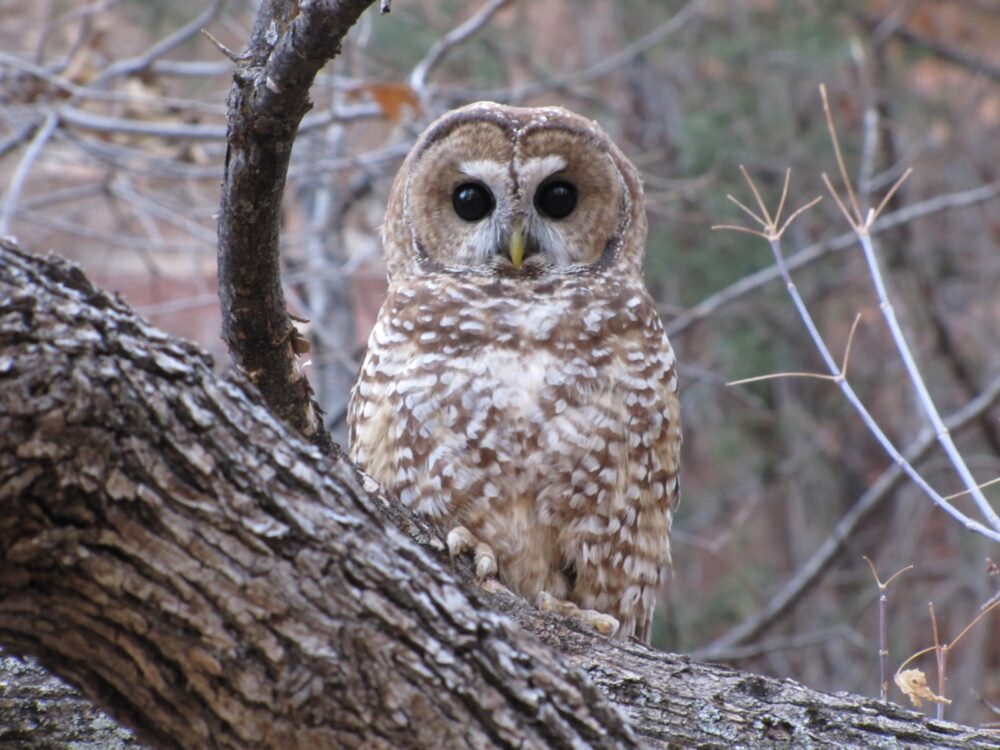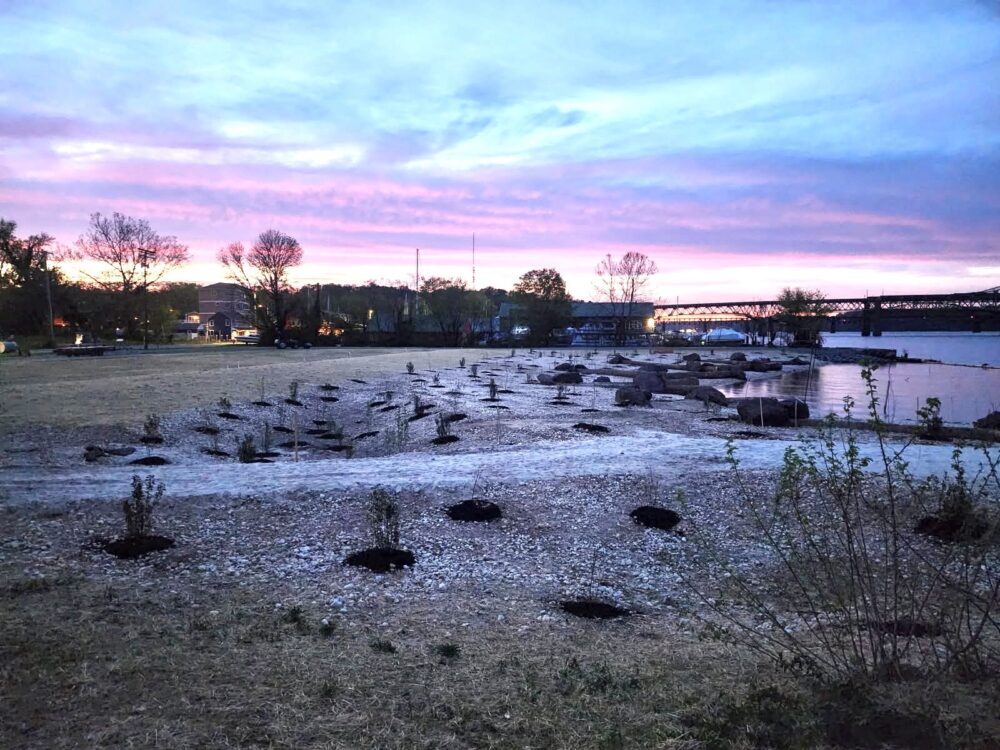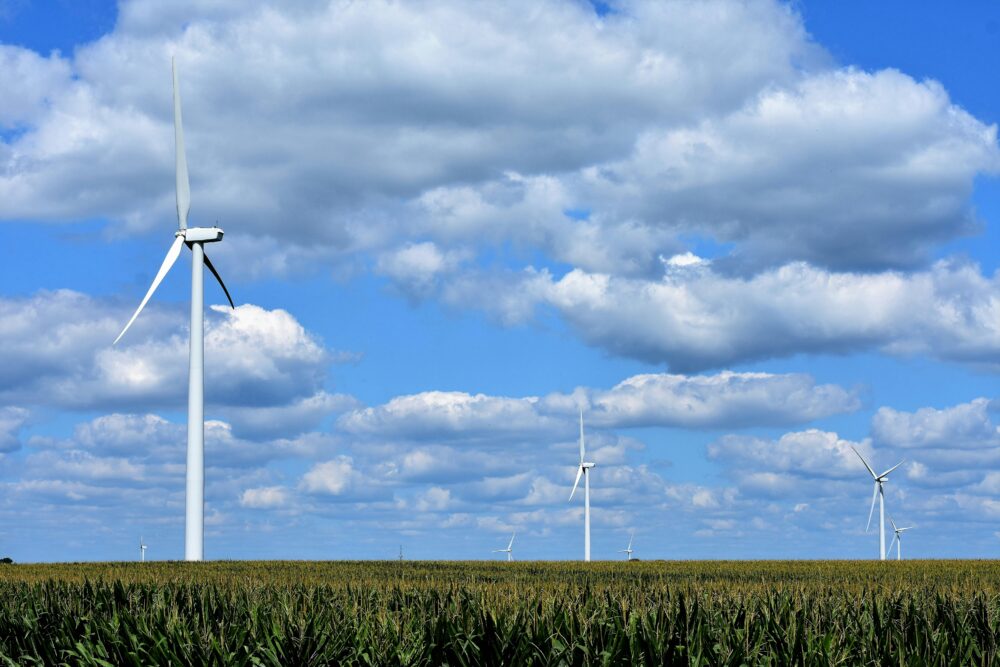We have much more to do and your continued support is needed now more than ever.
A Sneak Preview of 2018 Conservation
The National Wildlife Federation’s Top Conservation Priorities for the Year Ahead
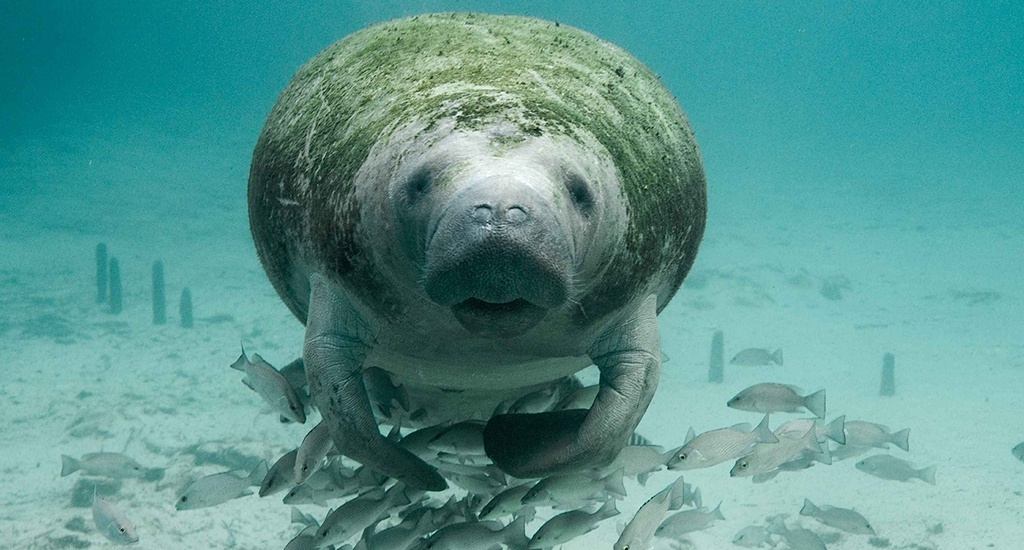
The past year left many people wondering about the future for wildlife in America. We saw the Trump Administration wreak havoc on our land, water, and air, rolling back regulations that were meant to keep both humans and wildlife safe and healthy. Fortunately, Americans have shown time and time again that they care about wildlife and our nation’s conservation legacy. This year, the National Wildlife Federation is gearing up for a big year. We’ve asked our staff around the country what their top priority is for conservation in 2018. Let’s take a look at the year ahead.
Climate and Energy
Not surprisingly, when we asked the Climate and Energy team what their biggest priority for the year ahead was, they gave us four. Shannon Heyck-Williams, Senior Manager, climate and energy said, “NWF’s Climate & Energy team will pursue four central priorities in 2018:
- Minimize weakening of existing federal climate, clean air, and renewable energy policies;
- Build bipartisan support in Congress and in key states for addressing climate change through a price on carbon
- Increase the number of congressional Republicans sponsoring and supporting natural resource-based climate solutions
- Facilitate wildlife-friendly wind power on and off-shore in the United States.”
Sportsmen’s Issues
“We would like to help states fight Chronic Wasting Disease (CWD) with a national bill funding state CWD management and research,” explains Mike Leahy, Senior Manager, public land conservation. “CWD is a contagious neurological disease affecting deer, elk and moose and is always fatal. Having stable prey populations is crucial to maintaining healthy predator populations, like wolves and mountain lions. Being able to ensure healthy individuals and herds of these iconic American mammals is also vital to the livelihood of American sportsmen and our outdoor economy, as a whole.”
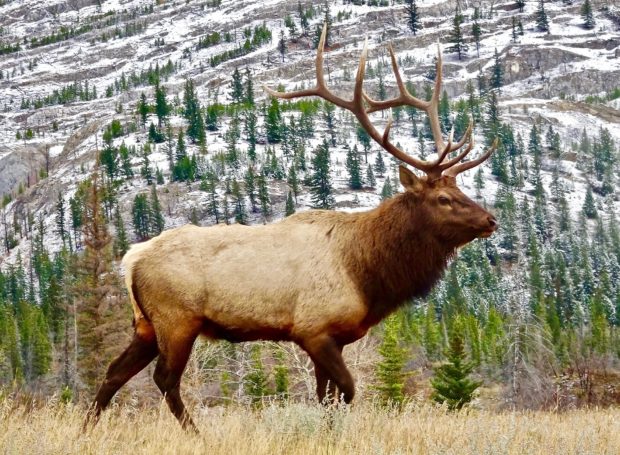
Public Lands
“The public lands team is going to continue to defend against the relentless attacks from the administration and Congress on one of our nation’s best ideas: public lands, which are owned by all Americans, for all Americans to enjoy,” says Tracy Stone-Manning, Associate Vice President for public lands. “And sometimes, the best defense is a good offense, so we’ll also work to ensure that Congress fixes the Forest Service’s budget and gives the agency the tools it needs to restore watersheds for fish and wildlife.”
Habitat Connectivity
“What I love about my work with the National Wildlife Federation and our partners is how it transforms people, myself included,” remarks Beth Pratt, Regional Executive Director. “As someone who spent most of my career working in remote national parks, like Yosemite and Yellowstone, my main conservation priority with the Federation is now focused on urban wildlife conservation and creating co-existence strategies in our human spaces. The future of conservation is about the integral link between wildlife and people – and cities are vital to forging those links. My biggest goal in this work for 2018 is to fund the “blueprints” for the wildlife crossing over the 101 Freeway outside of Los Angeles through our #SaveLACougars campaign, and stay on track for the crossing to be completed by 2022. This crossing, once built, will likely be the largest in the world, and not only will it save a local population of mountain lions from extinction, but will also serve as a global model for how wildlife and people can coexist sustainably.”
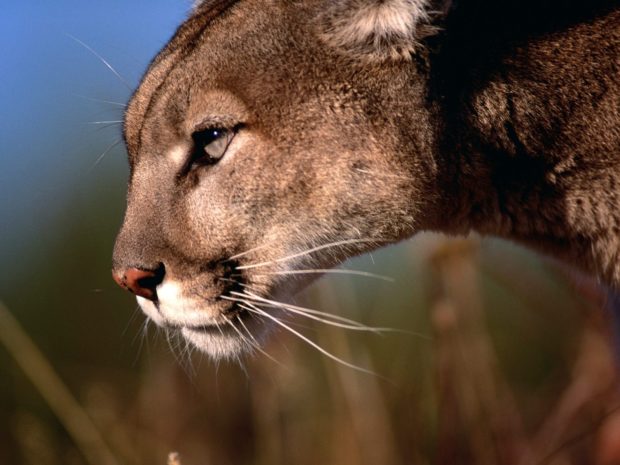
International Conservation
“International corporate advocacy made a big leap in 2017,” explains Barbara Bramble, Vice President, International Wildlife Conservation and Corporate Strategies. “Two dozen international food companies made a commitment to help protect one of the most biodiverse wooded savannahs on the planet – the Brazilian Cerrado (twice the size of Texas). In 2018, we will build on this momentum to help secure commitments from additional companies, and will be working with industry to develop tools for verification and on-the-ground implementation, to safeguard wildlife from the unsustainable expansion of cattle and soy.”
Wildlife Funding
“We believe the bipartisan Recovering America’s Wildlife Act will gain momentum this year,” explains Naomi Edelson, Senior Director, Wildlife Partnerships. “The Act would redirect $1.3 billion of existing revenue annually to state-led wildlife conservation efforts. Securing this funding is vital for the future of wildlife in America. The number of species petitioned for listing under the Endangered Species Act has increased by 1,000 percent in less than a decade. If we are able to pass the Recovering America’s Wildlife Act we will make huge progress towards protecting our nation’s unique and cherished wildlife for future generations to enjoy.”
Wildlife-Friendly Cities
“In 2018, I’m hopeful that we will surpass 200 cities and communities participating in our Community Wildlife Habitat program,” explains Patrick Fitzgerald, Senior Director, education management. “NWF created the Community Wildlife Habitat program in 1997, and in recent years it’s gained a lot of momentum. The program empowers municipal and citizen leaders to restore wildlife habitat and engage community members to ensure wildlife are able to thrive, even in urban environments.”
Gulf Restoration and Disaster Preparedness
“In the wake of last year’s devastating hurricanes, it is more important than ever that we harness the power of our natural defenses – like healthy wetlands – to protect communities,” remarks Jessie Ritter, Senior Policy Specialist, Gulf restoration. “In 2018, we will be engaged at the federal and state policy levels to promote the use of natural infrastructure approaches, including living shorelines, as our nation tries to rebuild better and prepare for the next storm. We will also work to advance large-scale ecosystem restoration projects in estuaries around the Gulf Coast region, to safeguard habitats for wildlife still recovering from the Deepwater Horizon oil spill.”
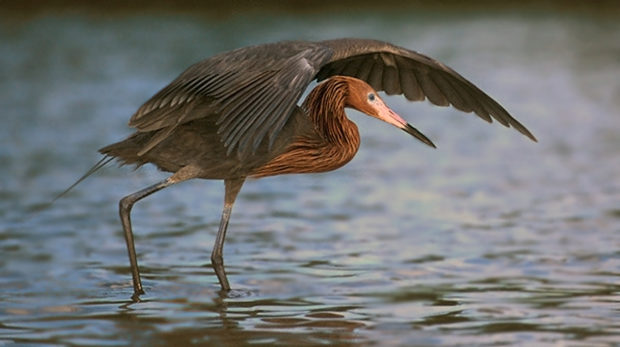
Regional Watershed Restoration
Last year, Congress passed the Delaware River Basin Conservation Act, which was a huge win for wildlife. The federation is hopeful this will increase momentum for protections for other vital watersheds. “The Delaware River and its waterways provide drinking water for more than 15 million people and food, cover, and water for countless fish and wildlife. We believe there’s a unique and timely opportunity for the Governors of the four states that make up the watershed to lead the conservation of forested headwaters, ensure our local economies, work with homeowners and farmers to clean up streams, and bring back native plants and wildlife,” explains Grant LaRouche, Director, conservation partnerships, Mid-Atlantic region. “That’s why we’re running a campaign to help encourage those governors to come together around a new vision for the Delaware. Together we can take great strides in the next year to ensure a fishable, swimmable, drinkable Delaware River that creates local jobs for our communities.”
It’s clear to see we have a busy year ahead, but National Wildlife Federation staff are energized and confident that this year will bring many wins for wildlife. Together, with staff in offices all over the country and affiliates in 51 states and territories, along with support from members and concerned citizens, we form a powerful force behind wildlife conservation in America. With these priorities in mind, we will spend this year working together to create a future where our wild landscapes are protected and our wildlife can thrive.



